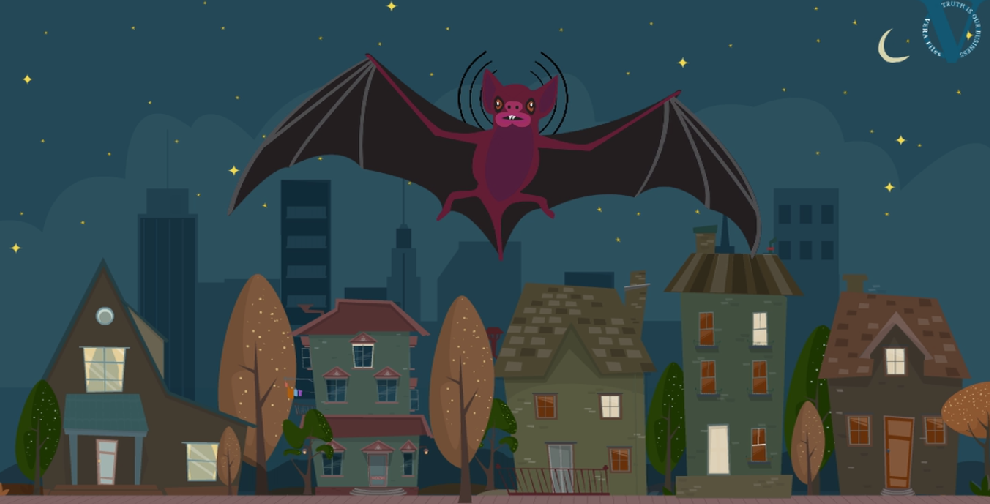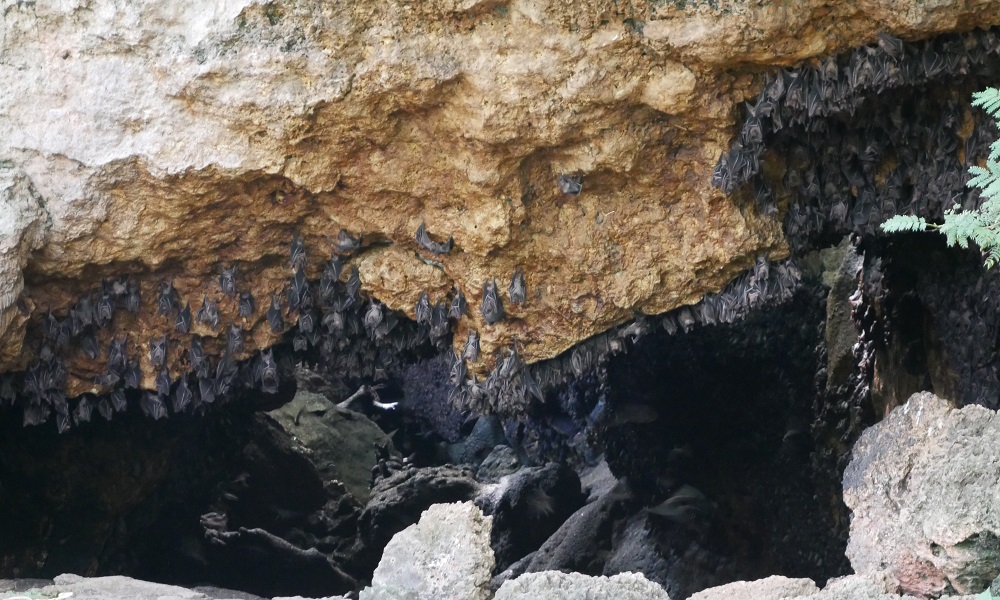
Tristan Mañalac
Science and
environment writer Tristan Mañalac’s feature
article on fruit bats was cited in SciShortform,
an online publication that highlights standout science writing.
Mañalac’s
piece,”This
cave in the Philippines has over 2 million bats. And it needs to get
bigger,” published on Filipino online news portal Flipscience,
was recognized under the Columns, Op/Eds, & Blog Posts
category for the publication’s quarterly round-up of select
science pieces produced from April to June 2019,
It was produced
during a trip organized by VERA Files under the Earth Journalism
Network (EJN) program to commemorate World Environment Day on June 5,
2019.
The article
featured the 245 ft (75 m)-long cave, home to over two million
Geoffroy’s Rousette Fruit Bats (Rousettus amplexicaudatus). Monfort
Sanctuary is the largest bat colony of its kind in the world,
according to the Guinness
World Records.
“I knew right
away I wanted it to start with a description of the cave and end with
a look toward the future,” said Mañalac, who also credited the
vision of his editor, Mikael Francisco.
Nine editors
chose from over 200 nominations and narrowed them down to 55 stories.
“Pieces that
made the cut had to survive two rounds of selection and impress at
least two (and usually three) SciShortform editors,” founder of
science blog dianacrowscience.com
and one of the judging editors, Diana Crow, wrote.
The piece had to
“have emotional impact on read and use facts to back up the
argument,” among others.
Other winning
stories include the Los Angeles Times’ Deborah Netburn for
“Researchers
avoid ‘messy’ hormonal female mice. And that hurts women”,
the Guardian/Observer’s David Whitehouse for “Apollo
11: The Fight For The First Footprint”, and the National
Geographic’s Maya Wei-Haas for “Huge
mystery blob found under the moon’s far side”
Mañalac is also a fellow in VERA Files’ Road Safety Fellowship in
partnership with the World Health Organization.
Read his
full story here: This
cave in the Philippines has over 2 million bats. And it needs to get
bigger.



